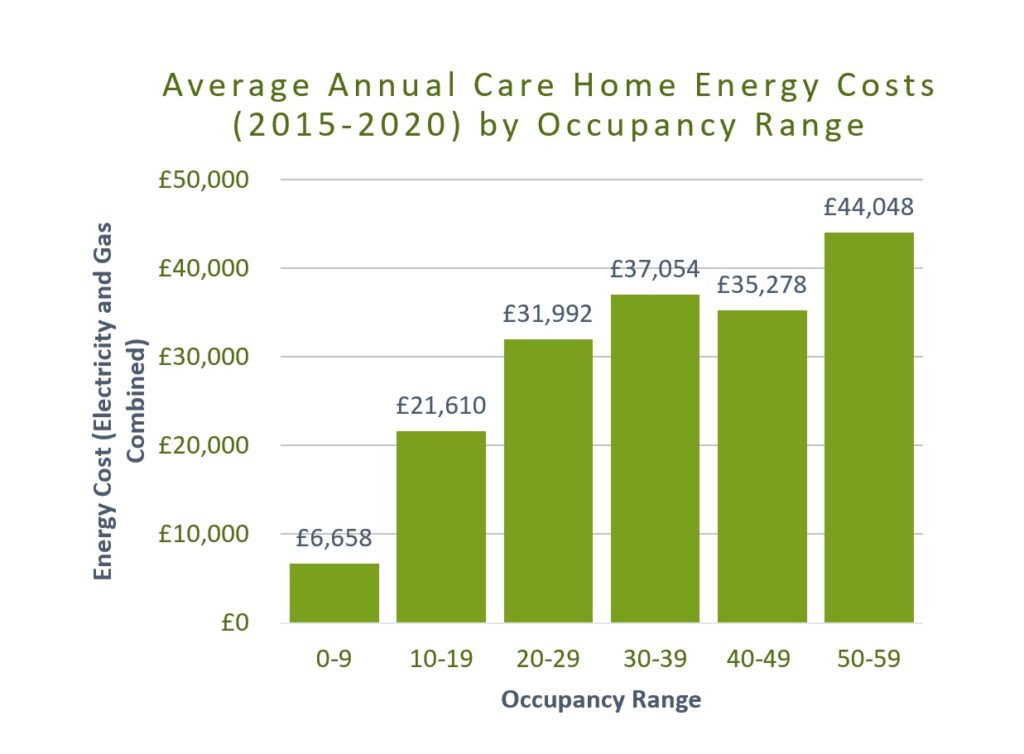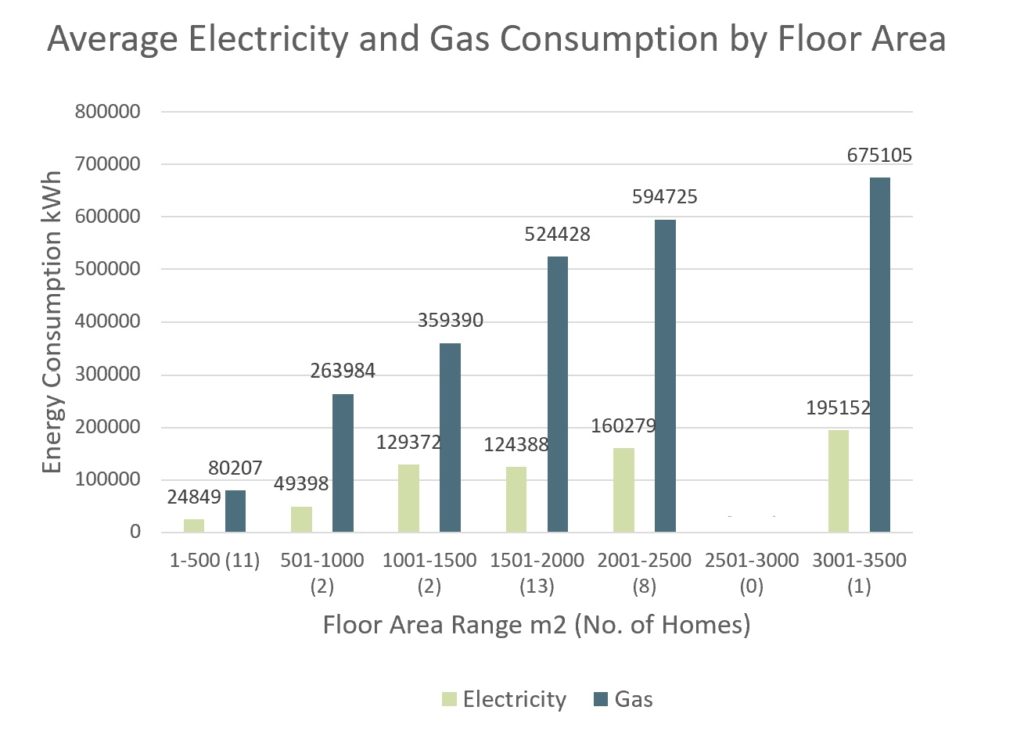We would like to back up the JSF model we are proposing with research and evidence, thus building a convincing argument for the holistic care and sustainable, well-designed housing that are fundamental to giving people with dementia the highest quality of life.
The Benefits of Sustainable Residential Care Homes – University of Chester
A group of undergraduate students from the University of Chester, as part of their Sustainable Futures learning, carried out a project on behalf of the Josie Sara Charity. The project brief was ‘To develop a persuasive argument of the benefits of low energy/sustainable buildings for Care homes.’
There are many sustainable practices that the dementia care sector could adopt that would provide several long-term benefits. The students researched and identified such benefits and opportunities with specific reference to the Hogewyk village and Passivhaus design.
The students carried out interviews with carers and managers of residential care homes across the Cheshire, Merseyside, and Wirral area. Awareness of sustainability practices were found to be low amongst the care home staff, and sustainability was not a priority due to limited resources and funding. As one would expect, the well-being of patients was prioritised, with several of the homes recognising the need for more outdoor spaces, access to nature and communal spaces, as well as some homes wanting more natural light and outdoor spaces for their residents, believing that it would benefit them.
Questionnaires were targeted at members of the public with friends or family that suffer with dementia and live in residential homes were used to ask specific questions on sustainability were asked in both cases. The responses from the relatives indicated that quality of care and cost are the most important factors when considering a care home for their relative. However, several of the respondents stated that they believed their family member’s well-being would see benefit from increasing the natural lighting, consistent temperatures and lack of condensation or drafts, and these are all features of Passivhaus design. Thus, there is interest and knowledge surrounding resident wellbeing which provides an opportunity for change.
An emerging sustainability concept named the action-value opportunity describes when someone is performing an action or practice that can benefit a cause, such as the environment but for different reasons. Although the theory suggests that for this to work the practice is usually already in action, the idea can still be applied. Thus, the implementation of sustainable designs could be encouraged using resident health and economic factors as motivation rather than environmental factors. For example, if a care home introduced communal gardens to improve residents’ mental health and installed super insulation to reduce energy costs, they would be passively improving the environment.
Holistic Care and Connectivity in Dementia – Liverpool John Moores University
A senior mental health lecturer and postgraduate researcher at Liverpool John Moores University, Dean McShane, carried out a literature review into Holistic Care and Connectivity in Dementia on our behalf. Positive findings indicate the benefits of both holistic care and connectivity to dementia patients. A summary of the review is below. The full review is here.
Holistic care is the principle of person-centred care PPC to preserve or improve the quality of life. Systematic reviews of (PCC) find: An increase in self-management of care, a reduction in health service visits, improvement in clinical outcomes, a better quality of life and care behaviours. The literature review document provides links to research papers that back up these findings with respect to dementia sufferers.
The review also mentions Government guidelines, standards and policies for care which impact people with dementia. Much of the focus of these documents is on personal care and support plans, the individuality of the dementia sufferer and the importance of their relationships and interactions with other. Also discussed in the documents is the promotion of wellbeing by offering a range of activities for the preferences of the dementia sufferer, and providing education and skills training for dementia carers to enable them to carry out an holistic care approach. Links to these government documents can be found below:
NHS England (2020). The Framework for Enhanced Health in Care Homes
NICE Guidelines (2018). Dementia: assessment, management, and support for people living with dementia
Dementia Quality Standards, NICE (2020). Update from 2013/2010
Connectivity and Dementia Friendly Communities
In 2015 the Prime minister, David Cameron, released the policy paper ‘Prime Minister’s Challenge on Dementia 2020’, having earlier, in 2012, launched a national challenge to fight dementia – an unprecedented programme of action to deliver sustained improvements in health and care, create dementia friendly communities, and boost dementia research.
Since the launch of the challenge, there has been much focus on building dementia friendly communities. There has been a guidance document published by the NHS on how to make your home dementia friendly, and a government guidance document for councils to help them play their part in developing communities where people can live well with dementia.
Several other supporting research papers and journal articles have been published about connectivity and dementia friendly communities. These papers cover various initiatives, as well as the challenges found, and strategies used when implementing various measures. Another paper reports on how an evaluation tool, originally developed for Age-Friendly Cities, was pilot-tested in the context of the Dementia Friendly Community (DFC) initiative of the city of Sheffield/UK. It presents findings, outputs and recommendations on which other communities with dementia friendly agendas can draw.
Energy Consumption of Care Homes
With a view to adding weight to the argument that sustainable design and construction should be regarded as a must for future care home builds, we carried out our own investigation into the energy consumption and costs of existing local authority run care homes, thus giving us data for comparison with consumption data from sustainable builds to show the potential savings on energy costs.
We sent Freedom of Information (FOI) requests to 16 local authorities in the North West and 9 local authorities in the North East, asking for data on their energy consumption and costs from 2015 to 2022. We also asked questions about their occupancy rates and various building attributes. We received back data from 52 care homes in total.

This chart shows the average annual care home energy costs for homes with different occupancy ranges. The cost of energy has risen considerably since we carried out this survey in both the domestic and non-domestic markets. An article on the carehome.co.uk website, written by TCD Energy, quoted some recent analysis where the average annual cost of a care home bed in May 2021 was confirmed as £750. In July 2022 this had risen to £3950 per bed, and in August 2022 a further rise to £5166 per bed. Details of how the analysis was carried out were not provided, but if these latest figures are to be believed, the annual energy costs of a 50-59 bed care home could be in the region of £258,000 – £304,000! Link – https://www.carehome.co.uk/news/article.cfm/id/1677807/confused-about-the-governments-energy-bill-relief-scheme.
There have been many reports and articles written recently stating that the high energy costs for care homes are unsustainable and there is a real danger that many care homes could be forced into closure due to the crippling costs. Care homes normally normally agree their own rates and charges with a supplier. Though generally the types of fuel used are the same, the prices paid by the non-domestic market are generally not comparable with those paid by customers in the domestic market, particularly given the different levies and taxes paid compared to households. Government help with non-domestic energy costs has been available since October 2022 with the Energy Bill Relief Scheme. This will be replaced in April 2023 through to April 2024 by the Energy Bills Discount Scheme, offering discounts on wholesale gas and electricity prices.

The consumption figures above must send a message that it’s time to consider sustainable, low energy design builds for new care homes, and to improve the energy efficiency of existing care homes. From our FOI research we have the average annual electricity and gas consumption data of care homes by floor area:
Energy consumption data for passivhaus builds are usually given as kWh per m2 for heating energy only, and, according to various studies, the heating energy use is 80% to 90% less than for standard built houses, and usually ranges from around 12 to 20 kWh per m2 per annum.
In our survey we do not have specific consumption data for the energy for heating alone, although various sources state that the percentage of energy used for heating is usually between 70 and 80%. All except one of the smaller homes was heated by gas central heating, and analysing the gas consumption data from those homes, and taking 70% of that, gave a figure of 196 kWh per m2 per annum. If we compare this to the typical figures for a Passivhaus (12 to 20 kWh per m2 per annum), we can see that there is so much potential for saving energy and therefore money.



